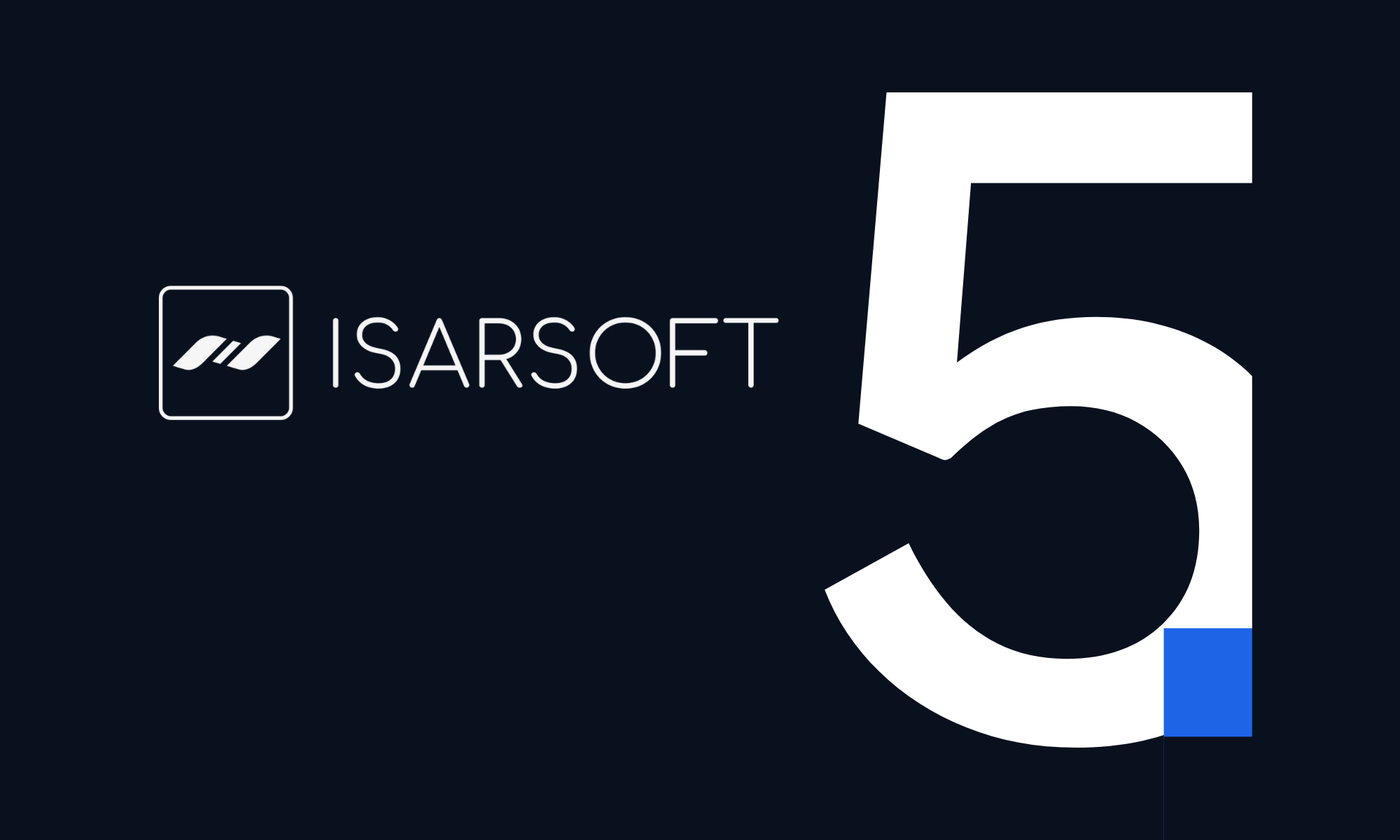Transforming Travel: The Impact of AI on the Tourism Industry
As the tourism industry evolves, AI video analytics is revolutionizing travel. This technology enhances security with facial recognition, streamlines airport processes, and manages crowds at tourist spots. By analyzing video data, AI provides real-time insights to optimize operations and improve the travel experience. The impact of AI video analytics is shaping the future of travel and tourism industries.
Published
July 17, 2024
.avif)
The tourism and travel industries can be operated a wide range of places, including hotels, museums, beaches, restaurants, and event venues. As the tourism and travel industries continue to evolve and change over time, artificial intelligence (AI) is emerging as a game-changer. From personalized travel recommendations to seamless customer service, AI is redefining the travel landscape, offering multiple innovative and efficient solutions.
Artificial intelligence technology covers a wide range of applications tailored to enhance the travel experience. Chatbots and virtual assistants provide customer support, answering questions and making reservations with exceptional accuracy. Predictive analytics and machine learning algorithms analyze large datasets to forecast travel trends, optimize pricing strategies and make the most efficient use of resources at resorts. AI-driven personalization tools create tailor-made travel itineraries based on individual preferences, ensuring that every traveler experiences a unique and unforgettable adventure.
Incorporating AI into travel operations also extends to enhancing security measures, streamlining airport transfers, and improving the overall efficiency of transport systems. Facial recognition and biometric technologies accelerate check-ins and border controls, while intelligent systems monitor and manage crowd flows at popular tourist attractions. As we delve into the transformative impact of AI video analytics on the travel and tourism industry, it becomes clear that this technology is not just a boosting innovation but a foundational pillar for the future. Join us as we explore the exciting ways AI video analytics is shaping the future of travel and tourism.
What is Real-Time Visitor Counting and Behaviour Recognition?
Real-time Visitor Counting and Behaviour Recognition are major features of Isarsoft Perception that can significantly benefit the tourism and travel industries.
Real-Time Visitor Counting
Real-Time visitor counting in tourism refers to the systematic collection and analysis of data on the number of visitors to tourist attractions, and events. This practice is crucial for understanding tourism patterns, managing resources, and enhancing the overall visitor experience. By accurately counting visitors, travel companies and stakeholders can make informed decisions to promote sustainable tourism development, optimize infrastructure, and plan marketing strategies.
In tourism, visitor counting helps identify the most popular attractions and peak visiting times, providing valuable insights into visitor behavior and preferences. This information enables managers to allocate resources more effectively, ensuring that facilities and services meet the needs of tourists. For example, understanding peak visiting periods can help in planning maintenance activities, staff scheduling, and the provision of amenities to avoid overcrowding and improve visitor satisfaction.
Moreover, visitor counting data is essential for economic analysis and policy-making in the tourism sector. Accurate visitor statistics help governments and tourism boards assess the economic impact of tourism, justify investments in infrastructure, and develop policies to support sustainable tourism growth. For instance, data on visitor numbers can inform decisions on expanding transportation networks, building new accommodations, or conserving natural and cultural heritage sites.
Visitor counting also plays a vital role in marketing and promotion efforts within the tourism industry. By analyzing visitor data, tourism organizations can identify target markets, tailor marketing campaigns, and measure the effectiveness of promotional activities. For example, if data shows an increase in visitors from a particular region, companies can create targeted marketing campaigns to attract more tourists from that area, further boosting tourism numbers and revenue.

Behaviour Recognition
Behavior recognition in tourism involves analyzing and interpreting the actions, preferences, and patterns of tourists to gain insights into their behavior. This process uses various technologies and methodologies, such as video analytics, sensors, video surveillance cameras, and mobile tracking, to collect and analyze data on how tourists interact with destinations, attractions, and services. The goal of behavior recognition is to understand the motivations and preferences of tourists, which can inform better management, marketing, and development of tourism offerings. It also helps identify the activities and attractions that tourists find most appealing. By tracking movement patterns, visit durations, and interaction with different services, tourism managers can gain a deeper understanding of what drives tourist satisfaction and engagement. For example, if data shows that tourists spend more time at museums than at shopping areas, destination managers might prioritize cultural experiences and invest in enhancing those attractions.
Moreover, behavior recognition supports personalized marketing and customer service. By understanding individual tourist preferences, tourism businesses can tailor their offerings to meet specific needs and expectations. For instance, hotels can use behavior recognition data to offer personalized recommendations for activities and dining options based on previous guest behavior. This personalized approach can enhance the visitor experience, increase satisfaction, and encourage repeat visits.
Behavior recognition also plays a crucial role in managing visitor flow and enhancing safety. By analyzing patterns of movement and behavior, destinations can implement strategies to manage crowds and reduce congestion at popular sites. This not only improves the tourist experience by reducing wait times and overcrowding but also ensures safety and preserves the quality of the attractions. For example, real-time data on visitor movements can help managers anticipate peak times and deploy additional resources or introduce timed entry systems to better manage visitor numbers.
.avif)
Benefits of AI Video Analytics in Tourism and Travel
1. Planning
Informed Decision-Making: AI video analytics helps tourism and travel businesses make better decisions by analyzing video data to understand trends and patterns. For example, it can track visitor movements and popular spots in a city, helping businesses and city planners to know which attractions are most visited. This data allows them to tailor marketing strategies, improve visitor experiences, and plan future developments more effectively.
Capacity Management: AI video analytics also aids in managing the number of visitors at tourist sites. By monitoring real-time video feeds, AI can estimate the number of people at a location and predict peak times. This helps in avoiding overcrowding, ensuring a pleasant experience for visitors, and maintaining safety standards. Additionally, businesses can optimize staff allocation and resource management based on the expected visitor flow.
2. Optimization
Improved Resource Allocation: AI video analytics helps tourism and travel businesses use their resources more efficiently. By analyzing video data, AI can identify busy and quiet times at various locations. This allows businesses to allocate staff, equipment, and other resources where and when they are most needed, reducing waste and improving service quality.
Enhanced Visitor Experience: AI video analytics also plays a key role in enhancing the visitor experience. By monitoring visitor movements and behaviors, AI can provide insights on how to improve the layout of attractions and facilities. For instance, it can suggest the best placement of informational signs, rest areas, or amenities to make the visitor's journey more enjoyable and convenient. Moreover, AI can help in managing wait times and directing visitors to less crowded areas, ensuring a smoother and more pleasant experience.
3. Security
Safety and Security: AI video analytics plays a crucial role in enhancing both safety and security in the tourism and travel industry. By continuously monitoring video feeds, AI can quickly detect unusual activities, potential hazards, and suspicious behavior. For instance, it can identify overcrowding, accidents, or people entering restricted areas, allowing for rapid responses to prevent accidents and ensure visitor safety. Additionally, AI can recognize faces, track movements, and detect threats, alerting security personnel to potential problems. This helps in preventing theft, vandalism, and other criminal activities, creating a secure environment for all visitors.
More about Isarsoft
With Isarsoft Perception, your camera systems become part of your business intelligence. Whether the goal is to increase efficiency, customer satisfaction, or safety, Isarsoft Perception provides the insights needed for informed decisions.

Contact us, to learn more about how to turn security cameras into intelligent sensors.



